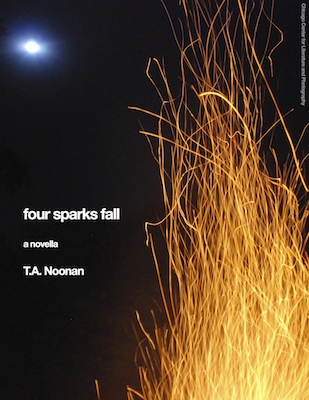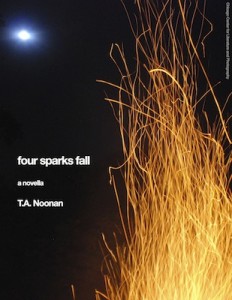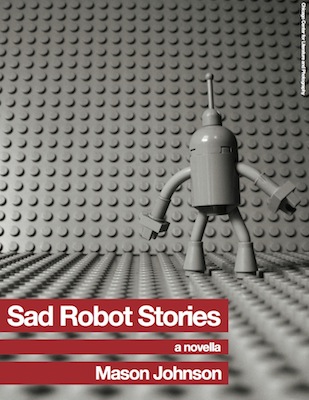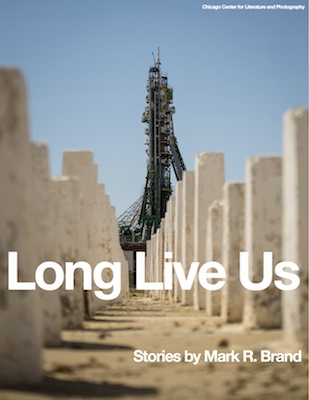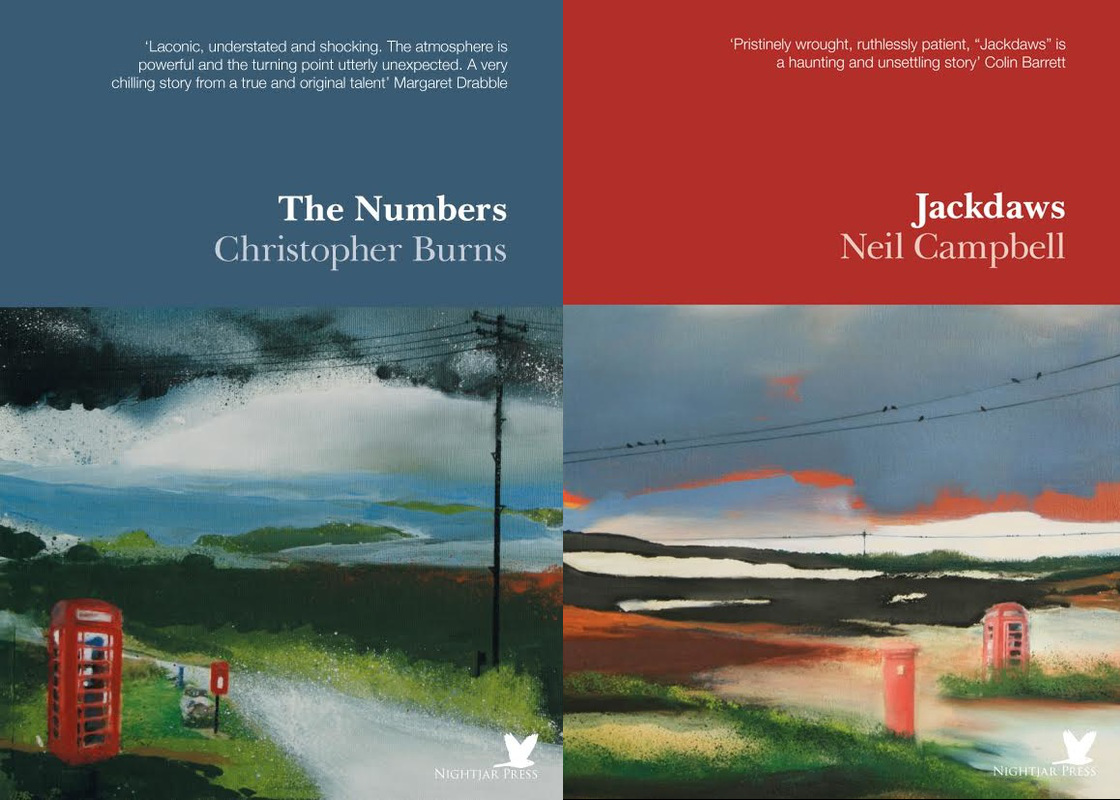Four Sparks Fall by T. A. Noonan
-Reviewed by Cath Barton-
I was ready to be annoyed by T A Noonan’s début novella Four Sparks Fall – too many typefaces, apparently gratuitous bracketing of chapter-titles, ambiguity about different voices – but it got hold of me, shook me and won me over. Noonan has woven the voices of twins Susanna and May together skilfully and shown herself to be a writer of precision and strength.
We learn early on that the two girls are able to communicate telepathically, if and when they choose to do so:
Her thoughts. Sheets of bubblewrap smuggled under school desks…. She listens when she wants, but not as much as she used to…
And so the tension of their story is set up. These so-called ‘identical’ twins are bound together in conflict by their differences. Initially we learn only that May is about to go about to a prestigious college, while Susanna is deemed by her parents to be ‘too delicate’ to do so. But Susanna shows herself to be far from delicate, as gradually the details of the sisters’ inter-twined lives and complex emotions are revealed. Susanna breaks into and reads May’s private diary. Worse, she cuts it up, and goes so far as to cut up her sister’s words and rearrange the letters. Noonan neatly juxtaposes the voices of the two girls as she introduces a deeper issue:
“Gluing my cutouts back onto the diary pages is like trying to squeeze into jeans two sizes too small. God,
i poke the roll of fat squoozing over my waistband. shouldn’t have eaten that last pancake. maybe if i do some sit-ups in the changing room, i can burn it off. how many calories is a pancake? maybe i should drink some tea. i hate sticking my hands in my mouth. jesus,
what a mess.”
There are others in this story – parents and friends and their parents – though what we hear about and from them is all mediated through the voices of the sisters. The energy of the novella is carried by these two sisters who are ‘longing to be normal’ and what they have to say about the difficulties of relating to one another and to the other characters. I do wonder whether some of the detail about the other characters is needed. The description of the sex life of their friend Phil’s parents, for example, slows the story down without significantly adding to it, I feel.
The girls speak (and May writes in her diary) about the pain which is part of growing up, part of being teenagers, perhaps magnified for them because of being twins. As Susanna says:
May’s frustration changes me. I can feel the pressure. I don’t want to be upset for two people but can’t help it. Her voice is as familiar to me, my body, as my favorite boots.
The girls’ voices sound authentic, I believe in them, but where the novella really excels is in showing particular parallels between the two girls’ experiences. The section in which the voices interweave about their (different) self-abuse is a chillingly compelling dance, the more so because set against the everyday backdrop of a shopping trip.
When it comes to (inevitable) boyfriend trouble it seems to me that Ryan must have been pretty dumb to confuse one sister for the other, but this device is as old as Shakespeare so who am I to argue with it? The complication of one sister having a navel piercing is a neat addition, as is the way in which Susanna gets a small but cherished revenge on Ryan.
T A Noonan’s writing is as sharp as the cutting blades which Susanna uses. In her epilogue she explains enough but not too much, leaving room for the reader to engage. That’s good writing, and I hope to read more from her.
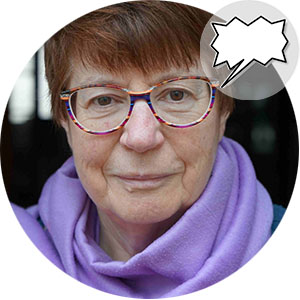
Reviewed by Cath Barton — Cath Barton’s prize-winning novella The Plankton Collector (2018) is published by New Welsh Rarebyte and her second novella, In the Sweep of the Bay (2020), by Louise Walter Books. Cath is also active in the on-line flash fiction community.
Photo © Toril Brancher
Twitter: @CathBarton1 | Website: cathbarton.com

